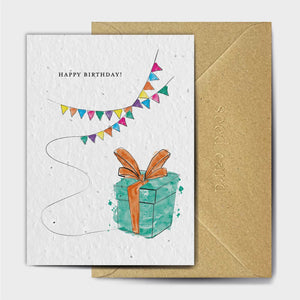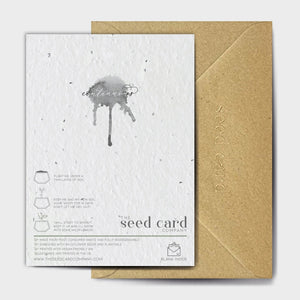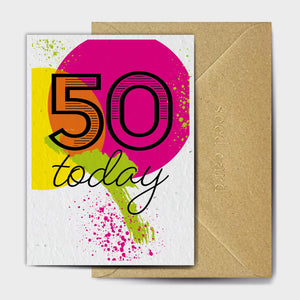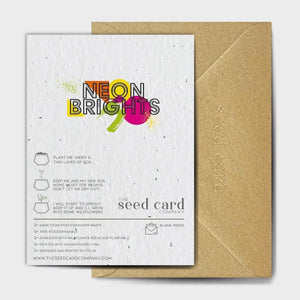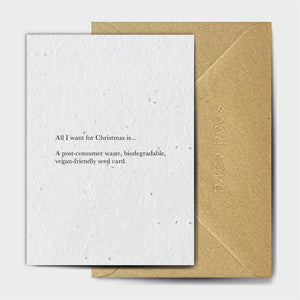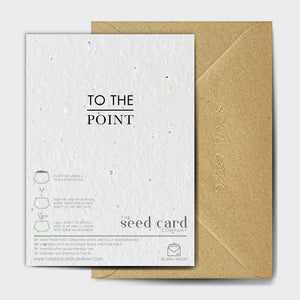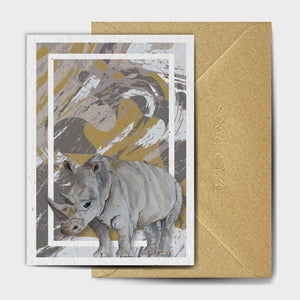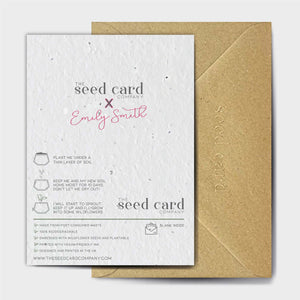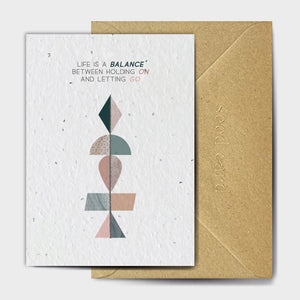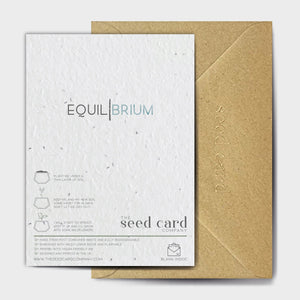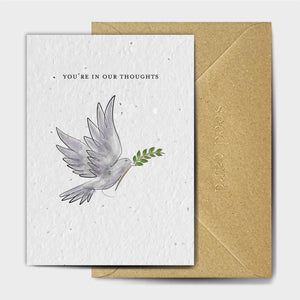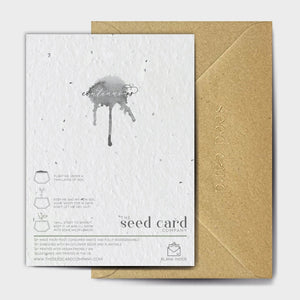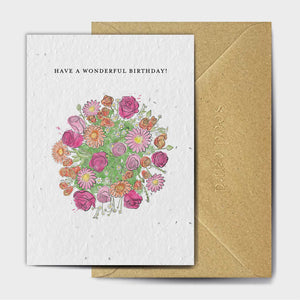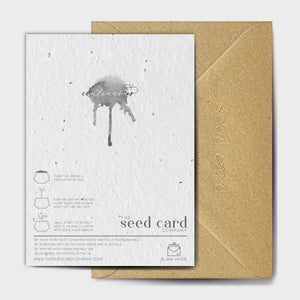Ho, Ho, How to have an Eco Friendly Christmas.
If we asked you to choose a colour that sums up the festive season you’d probably chose red or green… and if you chose green you’d play right into our hands in terms of the double meaning behind this blog; How to have a Green(er) Christmas. If you picked red, it’s a lovely colour but just forget it for now, re-ask yourself the question and pick green so the rest of this makes sense.
So, a green Christmas – The colour of holly, Christmas trees, of Father Christmas (before big brands got involved) and the colour of ecology; the care and concern for our planet.

You’ve heard us talk before about how important it is to us as a company that we make minimal impact on our planet and, if we can, we work to improve things to provide a better and safer ecological future for our children and our children’s children… and we don’t think there is a better Christmas sentiment than that!
We thought it might be fun to share with you our top tips for having an eco friendly, less wasteful Christmas that will still make everyone (including the planet) smile.
- Green Gifting – Why not think about gifts that have less impact on the planet, avoid plastics and heavily packaged items, consider gifts that are recycled, regifted or help a longer term commitment to the planet such as a tote bag or wax food wraps. Even better, why not try your hand at making something? It will give the personal touch and show a lot of effort (although potentially not a lot of skill!) We promise not to laugh.
- Waste-Free Wrapping – When it comes to wrapping up those carefully chosen Christmas gifts why not chose reusable wrapping cloth – a Furoshiki. It can be used in several ways to wrap different products, and unlike wrapping paper, it is flexible and will adapt to any shape and a zero-waste option. If that’s not possible at least chose a paper that is made from post-consumer or post-industrial waste without glitter or foil embellishments. Firstly, this will mean no new trees have been harmed for the paper and the paper can be recycled again.

Also, don’t forget to try and avoid sticky tape where you can – brown tape or string are great alternatives which have less of an ecological impact.
- Tree-friendly Trimmings – If you’ve got a cupboard full of festive frippery at home make sure you decorate your house from what you have and don’t buy new, but if you need to get some more bits try to avoid plastic and non-recyclable materials such as tinsel… You could even get the glue gun out and make your own because there’s nothing like a bit of DIY.
- Eco-Friendly evergreens – In most homes the Christmas tree is the centrepiece of your decoration masterpiece but did you know that it is estimated that 6 million trees are thrown away every year – That’s a lot of habitat for wildlife. Why not think about renting a tree, buying a pre-loved fake one or even growing your own that you can use year after year? It’ll still look fabulous but it will be a lot (Christmas) greener.
- Avoid Excessive Accessories – Christmas without all the trimmings and treats isn’t the same but there are some things that are worse for the environment that others. Most crackers contain plastic toys that just end up in landfill, some table centrepieces are made of non-recyclable materials. Think about making your own, decorations such as holly and ivy can look fabulous and are a more sustainable alternative; homemade crackers containing sweet treats that you’ve made are a yummy alternative.
- Clean Crimbo Cards – and it wouldn’t be right if we signed off this blog without mentioning Christmas cards. We all love to send – and receive – cards at Christmas and for a lot of people it’s the annual Chrimbo catch-up card that maintains contact with loved ones and friends. We’re not saying you have to stop – in fact, please don’t! But why not consider sending a card from someone like us – our Christmas cards are made from eco friendly seed card, all of our packaging is made from recycled post-consumer waste and the cards themselves do not go into landfill, but can be planted afterwards to grow into wildflowers that support bee and insect life.
So go head and think a bit greener (and redder, and fingers crossed, white!) this Christmas and have an elf-tastic eco-friendly festive season.


